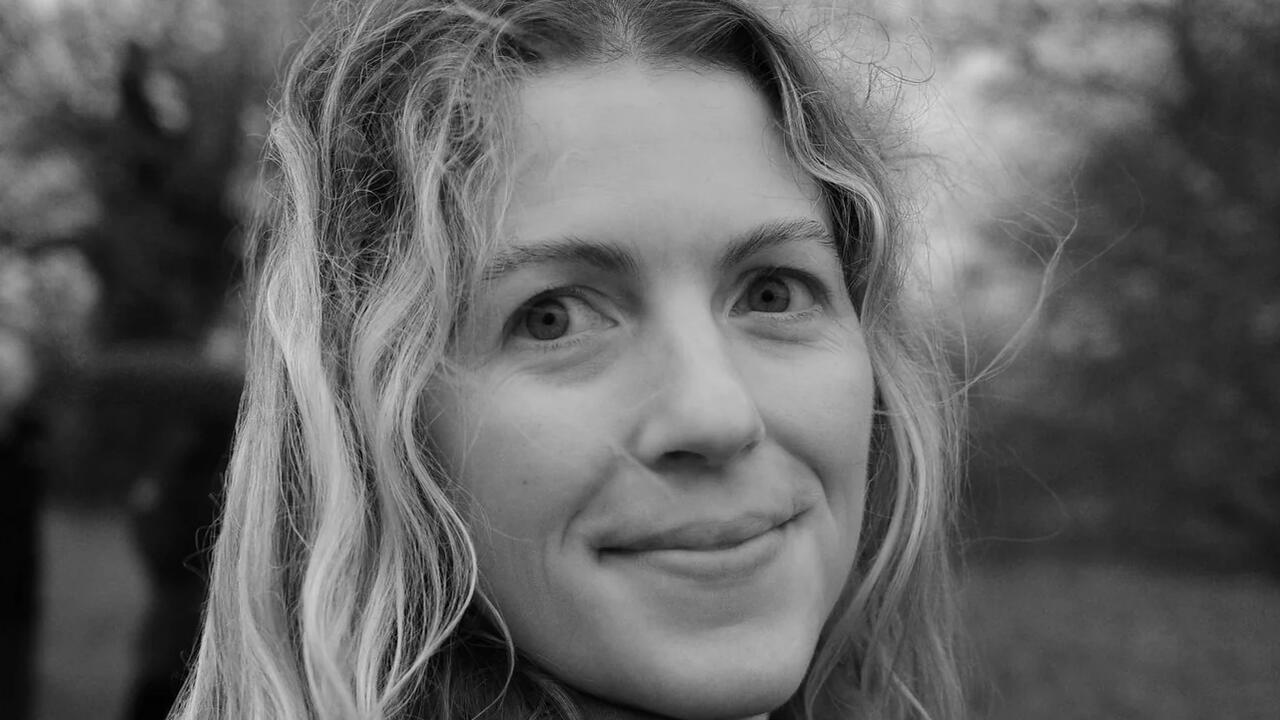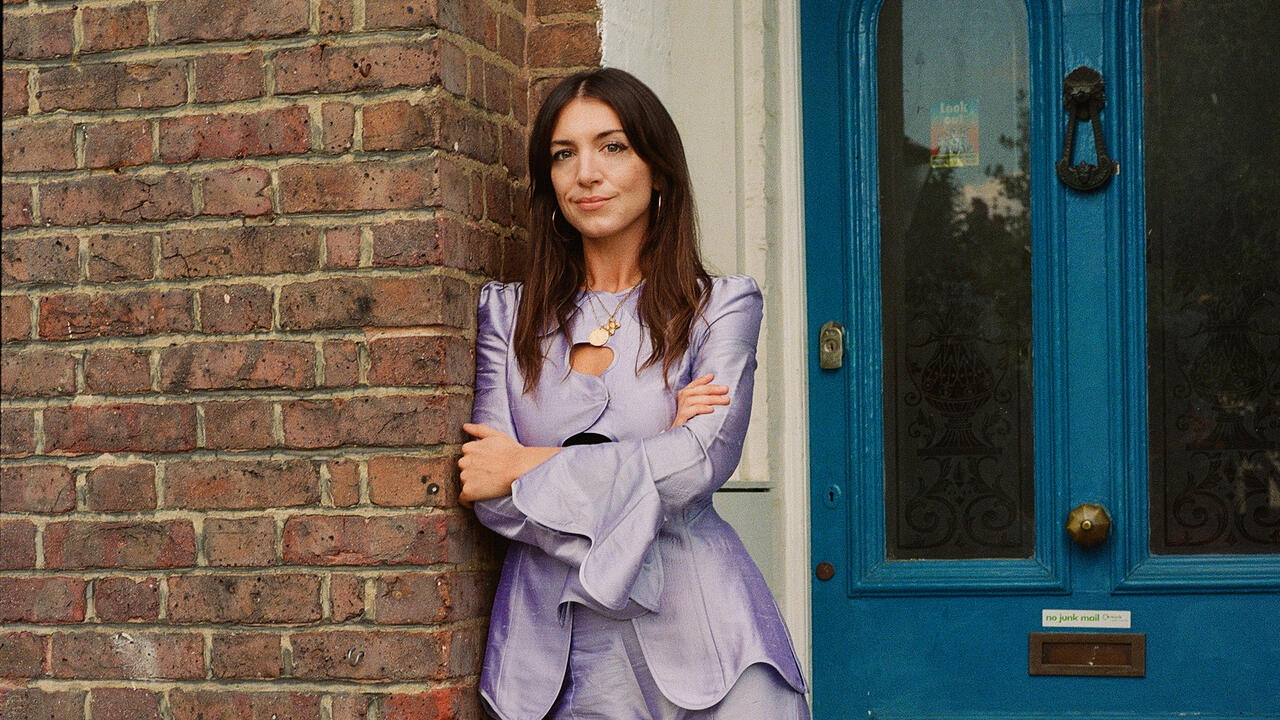Portraits of Ladies
The intermingling of classical sculpture and female self-realization in the long literary tradition of the journey to Italy
The intermingling of classical sculpture and female self-realization in the long literary tradition of the journey to Italy

‘In the room the women come and go
Talking of Michelangelo’
T.S. Eliot ‘The Love Song of J. Alfred Prufrock’ (1915)
The familiarity of T.S. Eliot’s jingle obscures an important part of its significance. Women talking openly about art — indeed, about art history — are a worrying symptom of the crisis of values that besets J. Alfred Prufrock: the persona through whom Eliot explores the difficulty of finding a poetic idiom at the dawn of Modernism. What are women doing talking about Michelangelo? They are unconcerned with Prufrock, that much is certain, and would probably adopt the same attitude toward him as the woman later in the poem, who,
‘… settling a pillow by her head, Should say: “That is not what I meant at all; That is not it, at all.”’
In the context of the carnage of World War I, it was, perhaps, easier to trivialize women’s interest in art. Throughout the 19th century, however, women’s engagement with art, and their role as mediators of aesthetic experience, fascinated novelists, poets and art historians, many of whom themselves were women.
A century ago — one year after ‘The Love Song of Alfred J. Prufrock’ was published — Henry James died. More than any other novelist, James revealed a consistent interest in exploring women as viewers and interpreters of art, as well as in their role as the object of men’s visual appreciation. Through his characters, he revealed women as collectors, as objects to be added to a collection, or whose fate hinges on having their portrait painted. James used painting as the yardstick for the vividness and realism to which his fiction aspired, so there is a self-referential quality in his concern with art. But he was also interested in economics, especially as it defined social class, and he often intertwined the two, dwelling on the overlap between individuals and artworks and between the value that collectors place on their emotional loyalty to the things, or the people, that they love.
In Henry James's novel The Portrait of a Lady, Isabel Archer rejects a marriage proposal while sitting next to the classical marble statue The Dying Gaul.
The Portrait of a Lady (1881) is James’s best-known novel. It tackles his most consistent obsession: the gulf between the old world and the new, which is embodied in the central character, the idealistic but unformed and wealthy young American woman, Isabel Archer, whose aunt transplants her from New England to Florence and Rome on an updated version of the Grand Tour. For James, it was familiar territory. Daisy Miller (1879), the novella that had made his name, covered many of the same themes. But James was expanding upon a rich tradition. The transformative journey to Italy was a recurrent theme in 19th-century fiction, autobiography and literary epistles. J.W. Goethe’s Italian Journey (1816) set the standard for autobiography, but Germaine de Staël’s novel Corinne, ou L’Italie (Corinne, or Italy, 1807), today little read, had arguably a greater impact. Its eponymous heroine is a successful poet, crowned with a laurel wreath upon the Capitol for her work. But, in the struggle between love and art, she sacrifices personal happiness to pursue her creative destiny. The book’s influence — most visible in Elizabeth Barrett Browning’s Aurora Leigh (1856) — started a trend for novels centred on a woman artist. Corinne, ou L’Italie explores women’s creativity, their control over their social and personal lives and, crucially, the impact of being in Italy. The novel was also taken up as a guidebook, a fate shared with much popular fiction of the time, which would interlace the narrative with descriptions of the tourist attractions.
In The Portrait of a Lady, Archer finally rejects the marriage proposal of her English admirer, Lord Warburton, while sitting in Rome’s Capitoline Museum next to the Classical marble statue The Dying Gaul (c.100–200). James has brought his protagonists to Italy, to witness Archer’s development. As on all Grand Tours, this is measured by encounters with antiquity. At the heart of visits to Italy, then as now, lies the enticing idea of getting closer to the ancients by visiting archaeological sites and by admiring Classical art in the museums. In the literary tradition, this comprises the masterworks of Classical sculpture that were formerly the showpieces of those proto-museums: the gardens and palaces of Renaissance aristocrats, the Farneses, the Borgias and the Colonnas. These sculptures were the celebrity survivors. Both on tourist itineraries and in the literary renditions of these journeys, they hold a highly charged position. Ancient sculptures: so lifelike, so technically accomplished, so naked, so full on. They challenge social and personal stability, raising hard questions about the relationship between antiquity and the modern world. The writings of the pioneering 18th-century German art historian, Johann Joachim Winckelmann, had given a central place to the idea that the spirit of antiquity lived on in its sculptures. His work had nourished the German Romantic obsession with Hellenism, in which sculptural bodies were thought to convey — indeed, to be inhabited by — the spirit of the ancient past.
In the Capitoline Museum, the statues calm and comfort Archer after she has dismissed Warburton, sending him back to England while she remains in Rome. Assuming a voice like that of the Cicerone, the expert local guide who was a central feature of the Grand Tour, James observes:
‘It is impossible, in Rome at least, to look long at a great company of Greek sculptures without feeling the effect of their noble quietude; which, as with a high door closed for the ceremony, slowly drops on the spirit the large white mantle of peace.’
But this peace is illusory and Archer’s decision sets in train processes that expose the fragility of her character and values. In dismissing Warburton, she is expressing her freedom of spirit, her rejection of the conventional ideas of a successful match. Warburton’s wealth and status deter her. She prefers the expatriate American Gilbert Osmond, a collector of beautiful things, who soon joins her in the company of the statues. As Osmond contemplates her in the gallery, next to The Dying Gaul:
‘… he perceived a new attraction in the idea of taking to himself a young lady who had qualified herself to figure in his collection of choice objects by declining so noble a hand.’
Tragically, Archer’s bid for originality results in her self-sacrifice to an immoral schemer. James situates Osmond exactly: his mother had come to Italy to pursue her poetic career and achieved celebrity as the American Corinne. But she bequeathed her children financial insecurity and chaotic moral standards. Osmond has an illegitimate daughter, the hapless Pansy, a parody of convent-bred gothic innocence. His sister, the frivolous Countess Gemini, has sold herself to an abusive Florentine aristocrat. Archer’s ideals stand no chance in this confusing environment. With her lack of education, she cannot tell the difference between the love of art that inspires noble ideals and small-minded acquisitiveness. Later in the novel, installed in her Roman Palazzo with its Caravaggio frescoes and mutilated statues, her unhappiness is unconcealed. The scene in the Capitoline Museum only demonstrates how morally unhelpful such encounters with antiquity can be. It does, however, mark a significant moment on Archer’s journey.

Roberto Rossellini’s film Viaggio in Italia (Journey to Italy, 1954), revisits these literary traditions in the context of Europe’s emergence from the aftermath of World War II, questioning its relationship both to Modernism and Classicism. Ingrid Bergman (then Rossellini’s wife) and George Sanders play a couple, Alex and Katherine Joyce, who are journeying to Italy to sort out the affairs of their deceased Uncle Homer, the owner of a gleaming Modernist villa and a fine collection of 18th-century porcelain and paintings. But the region has further associations for Katherine. A friend from before her marriage, the young poet Charles Lewington, was stationed here during the war. He had appeared outside her window on the eve of her wedding — exactly as the consumptive Michael Furey had to Gretta in ‘The Dead’, the poignant last story in James Joyce’s Dubliners (1914). Lewington’s illness was not consumption, but an unnamed complaint acquired in Italy. (Literary precedents suggest malaria, a disease with strong Italian resonances, memorably claiming James’s hapless heroine Daisy Miller as she tarries too late in the Colosseum with her Italian admirer.) Against this backdrop, Katherine undertakes a series of excursions to Naples — most vividly, to the archaeological museum.
In a virtuoso sequence employing remarkable juxtapositions — of black and white, of movement and stasis, of looking and being looked at — Rossellini pits Bergman against classical sculpture: the bronze figures from the Villa of the Papyri, the drunken faun, the colossal Farnese marbles and the Hercules and the Bull, which was originally unearthed in the baths of Caracalla in Rome. A headless, armless female torso strikingly divides black and white backgrounds. Busts of Roman emperors fill the screen as if they, too, were actors. The camera moves; Bergman’s head is still. In the soundtrack, forces also compete: the prattling of the tour guide, whose successors still tout for customers at the museum entrance, is offset by the music composed by Rossellini’s brother, evoking the abstract and spiritual against the guide’s mundanities. The director conjures the contrasts between flesh and stone, between human and object, between permanent and perishable, living and dead. Katherine’s reflective mood causes a temporary reconciliation with her husband, as they discuss the corporeality of the ancient statues. Their ‘complete absence of shame’ points to the central dilemma facing the women tourists of the 19th century — that of nudity. Stone bodies stand in for real bodies: to offend, or edify, or simply be. We are reminded of women’s central position in the long literary tradition of the journey to Italy, which relished the power of ancient statuary to destabilize, or inspire. Rossellini provided a refreshing revival of the women-centred fictions of the 19th century, before the masculinist aesthetics of Modernism arrived to push them to the margins. James’s sense of the power of sculpture is, once again, brought to life.






















